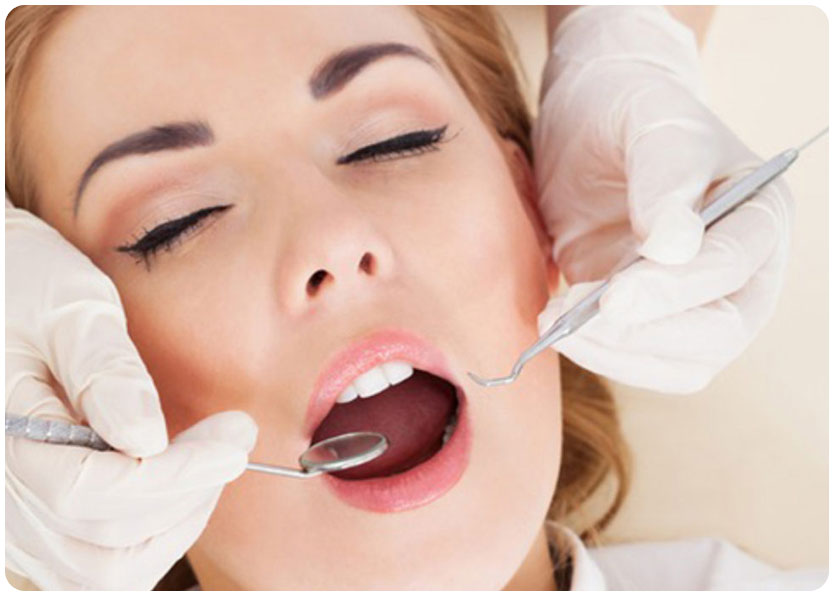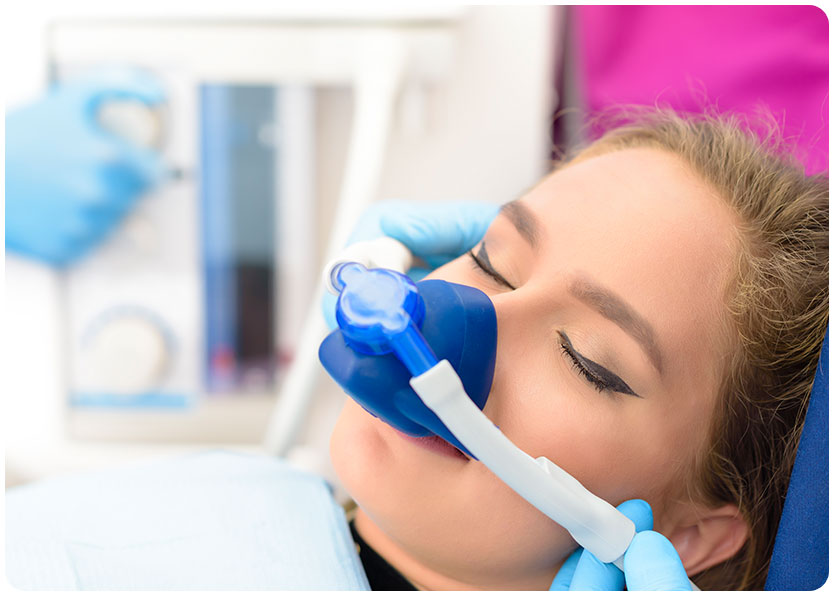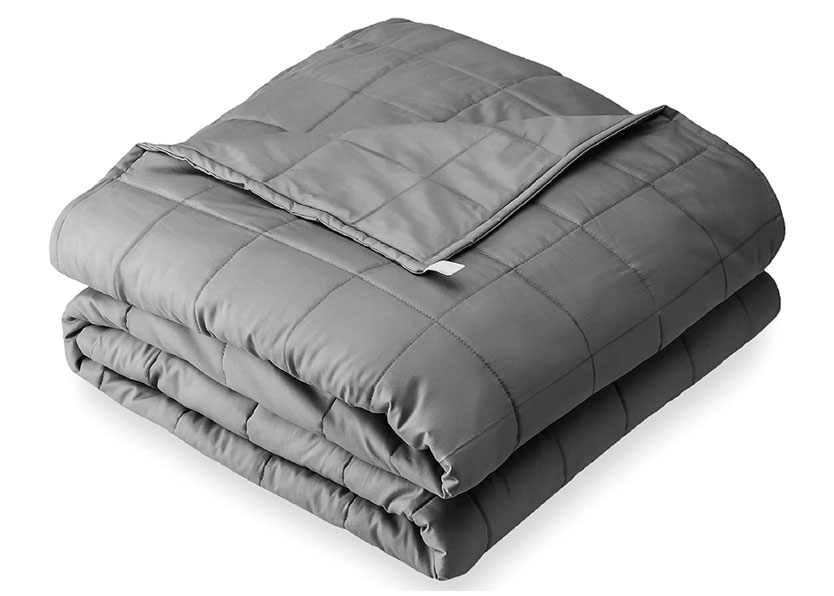It is quite common to feel a little nervous in the dentist’s chair. Most patients feel somewhat uneasy during their visit. For some patients however, an appointment is not only unpleasant, but very highly anxiety-inducing. If visiting the dentist causes extreme anxiety, or you have been putting off dental work because of anxiety, sedation dentistry is a great option for you. River Harmony Dental is pleased to offer sedation dentistry options, including Nitrous Oxide, Oral Sedation, Intravenous Sedation, and weighted blankets to help ease your anxiety so you can receive the dental care you need.
Your Cochrane Choice for Sedation and Comfort Dentistry!
What is Sedation Dentistry?

Sedation dentistry is a great way of keeping you calm and relaxed during your dental procedure. Through the use of sedatives and comfort measures, taking care of your oral health does not need to be stressful or painful. For many patients with severe anxiety, sedation dentistry can be the difference between getting dental care and avoiding it completely.

Types of Sedation Dentistry Offered at River Harmony Dental

Nitrous Oxide

Nitrous oxide, commonly referred to as laughing gas, provides light sedation for moderately anxious patients, or anyone who might benefit from feeling more relaxing during their dental visit. Administered through a mask worn over the nose, patients breathe in a mixture of nitrous oxide and oxygen, which helps them relax and remain calm and comfortable during dental treatment.
Oral Sedation

Oral sedation provides light to moderate sedation to anxious patients. Administered by taking one or two prescribed pills of a sedation medication before your procedure, it is strong enough to bring about a feeling of sleepiness, and therefore a more relaxed state, ultimately helping to alleviate stress or anxiety connected to undergoing dental work. An initial dose is usually taken about one hour before your procedure. Sometimes there may be additional dosing taken on the night before your procedure to help with any anxiety-related insomnia. You and your dentist will decide on the appropriate amount of medication for you, based on things like your dental procedure, body mass, length of appointment, and your comfort level. Patients remain conscious enough throughout, and they can follow the dentist’s instructions.


Weighted Blankets

Weighted blankets use deep pressure touch stimulation, which is thought to stimulate the production of a mood-boosting hormone (serotonin), which reduces the stress hormone (cortisol), thereby decreasing heart rate and reducing blood pressure. A weighted blanket may help to significantly reduce stress and anxiety, so you feel more comfortable during your dental procedure. For those who feel safer and more relaxed when a heavy x-ray bib is draped on them, a weighted blanket might be enough to effectively alleviate apprehension and stress while at the dentist, so you can receive the dental care you need.



